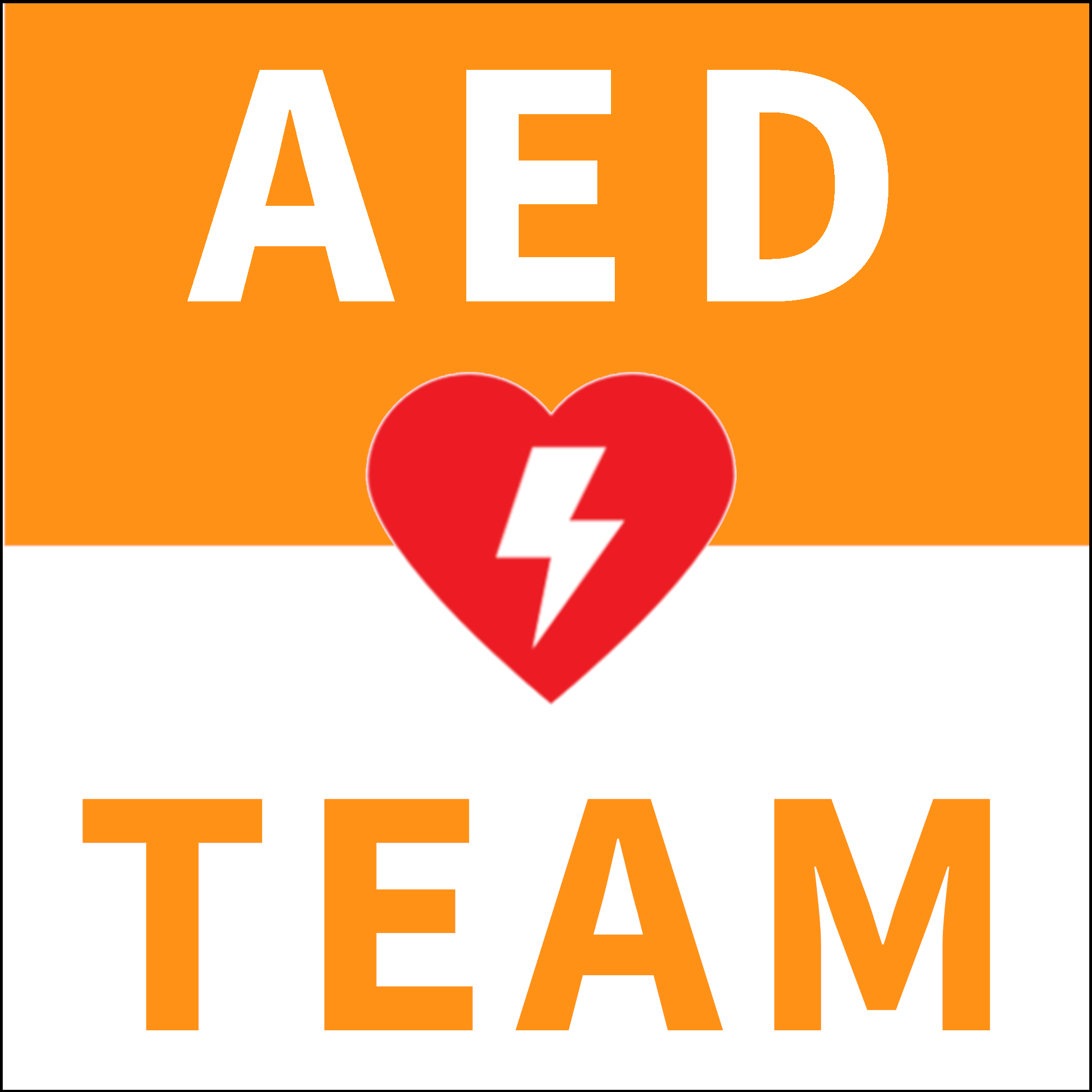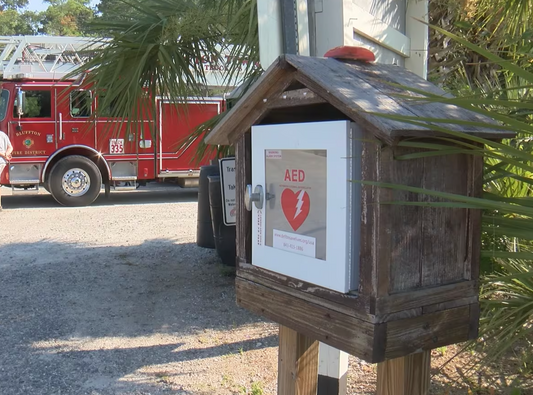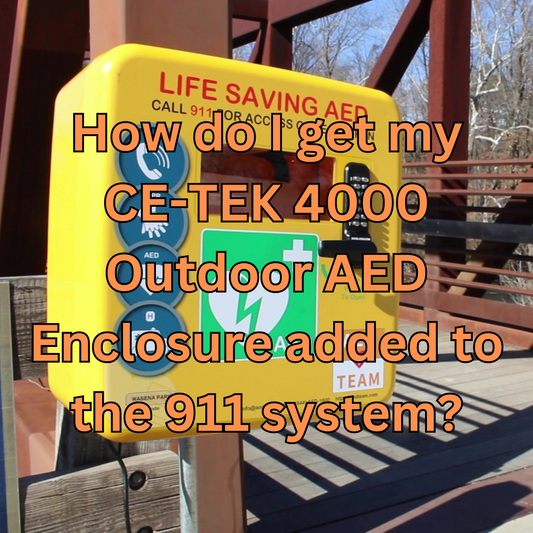Your budget request was finally approved to update the pool at your community center! While this is an exciting time to start planning your renovation, it also presents the perfect opportunity to revisit your center's emergency response plan.
Of the 350,000 people who suffer a cardiac arrest in the US each year, only about 10% have a public access Automated External Defibrillator (AED) is applied. Survival nearly doubles when a public AED is used to deliver the first shock when compared to waiting for first responders. In cardiac arrest, the sooner an AED is applied, the better the chance for survival.
Automated External Defibrillators (AEDs) are a common sight at municipal pools. Unfortunately many times this lifesaving equipment is not ready for use, is inaccessible, or simply doesn't exist.
Ready for use: AED units need to be routinely checked for readiness. The check only takes a couple minute and includes ensuring that the unit is present without visible damage, the battery and pads are current, and the rescue kit is fully stocked and physically attached to the AED. It's recommended that all AED units are checked monthly and that your staff knows who to notify if the AED is ever used or if supplies need to be replaced.
Inaccessible AEDs: An inaccessible AED does as much good as not having one at all. AED units kept in locked buildings, in staff-only areas, or labeled with "For Trained Responders Only" or similar phrases create unnecessary obstacles and delays when bystanders need to retrieve an AED in an emergency. Emergency equipment should be kept in highly visible and trafficked areas so people can quickly identify the location.
Non-existent AEDs: Lastly, if your center does not have an AED, or it is so large that an AED cannot be retrieved within three minutes, it's time to buy. Centers with sprawling grounds should consider strategically placing outdoor access AED enclosures such as the CE-TEK All Weather AED Cabinet. Outdoor deployments on campuses with many buildings reduce the overall number of AEDs required to provide full coverage while ensuring that the device may be accessed when buildings are locked.
Revisiting your emergency response plan prior to an update renovation helps to bolster your organization's readiness to handle a crisis. Prior planning and training are paramount to the safety and survival of your guests. To meet with an expert AED Team Solutions Specialist, visit AEDTeam.com




